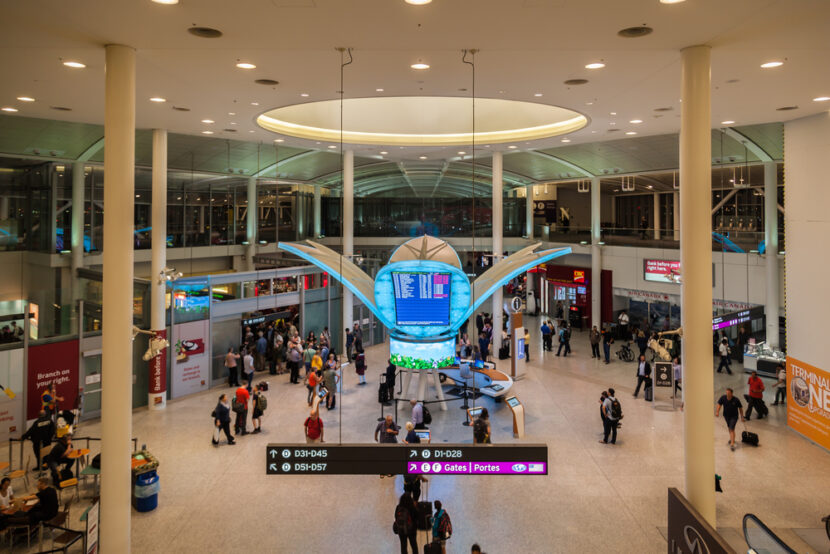GENEVA — The future of air travel looks bright indeed, with IATA reporting that “all indicators lead to growing demand for global connectivity.”
IATA has forecast a total of 7.8 billion passengers to travel in 2036, nearly doubling the four billion air travellers expected to fly this year. The prediction is based on a 3.6% average Compound Annual Growth Rate (CAGR) noted in the release of the latest update to the association’s 20-Year Air Passenger Forecast.
“The world needs to prepare for a doubling of passengers in the next 20 years. It’s fantastic news for innovation and prosperity, which is driven by air links. It is also a huge challenge for governments and industry to ensure we can successfully meet this essential demand,” said Alexandre de Juniac, IATA’s Director General and CEO.
The biggest driver of demand will be the Asia-Pacific region, which will be the source of more than half the new passengers over the next two decades. The point at which China will bump the U.S. from its spot as the world’s largest aviation market has moved two years closer since last year’s forecast, to the year 2022.
The top five fastest-growing markets in terms of annual additional passengers in 2036 compared to 2016 will be: China (921m new passengers for a total of 1.5b); United States (401m new passengers for a total of 1.1b); India (337m new passengers for a total of 478m); Indonesia (235m new passengers for a total of 355m); and Turkey (119m new passengers for a total of 196m).
The North American region will grow by 2.3% annually and in 2036 will carry a total of 1.2 billion passengers, an additional 452 million passengers per year.
A number of risks to the forecast have been identified by IATA, namely trade liberalization and visa facilitation. If trade protectionism and travel restrictions are put in place, the benefits of air connectivity will decline as growth could slow to 2.7%, meaning 1.1 billion fewer passenger journeys annually in 2036. Conversely, if moves towards liberalization increase, annual growth could be more than two percentage points faster, leading to a tripling in passengers over the next 20 years.
“Increasing demand will bring a significant infrastructure challenge. The solution does not lie in more complex processes or building bigger and bigger airports but in harnessing the power of new technology to move activity off-airport, streamline processes and improve efficiency. Through partnerships within the industry and beyond, we are confident that sustainable solutions for continued growth can be found,” said de Juniac.

